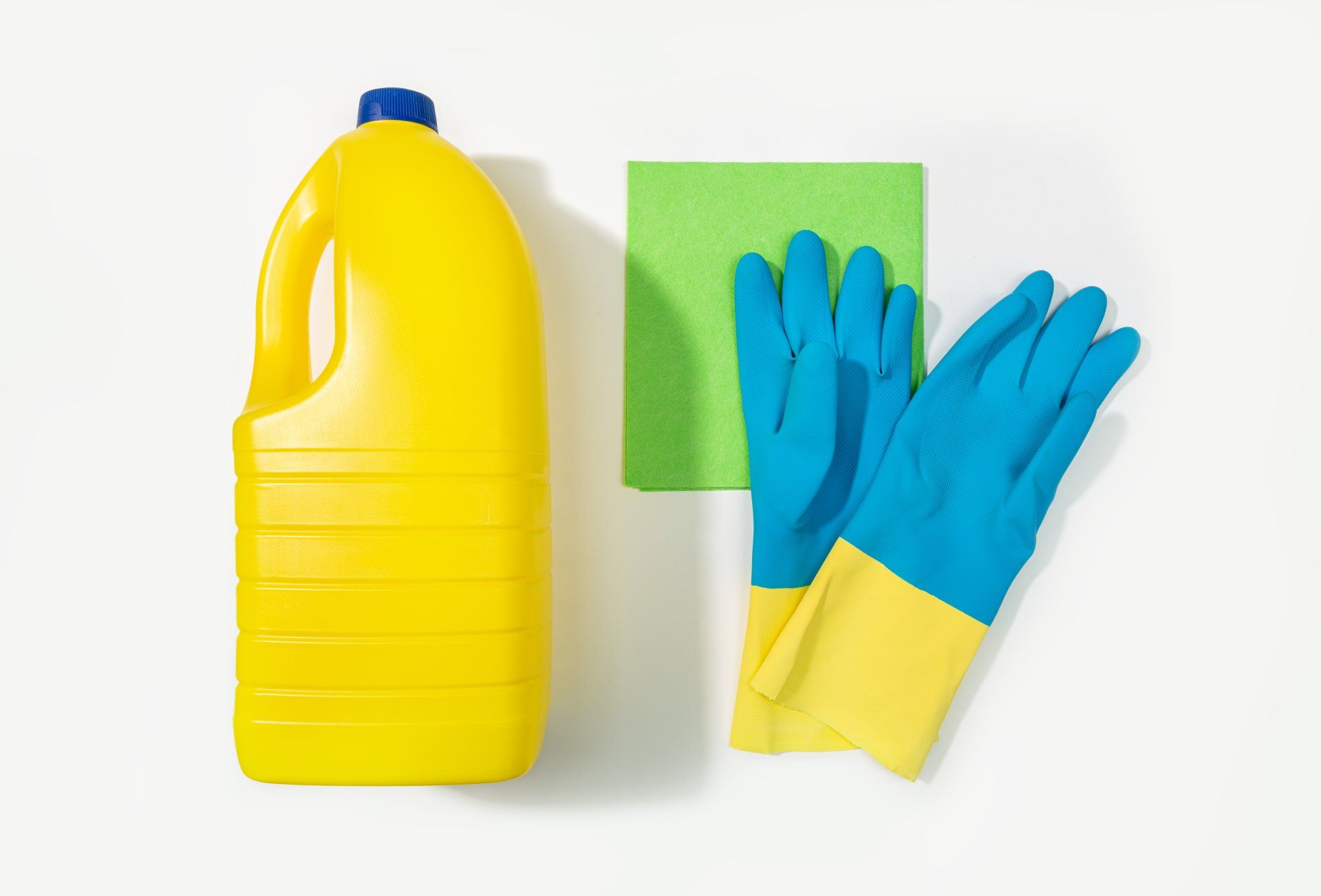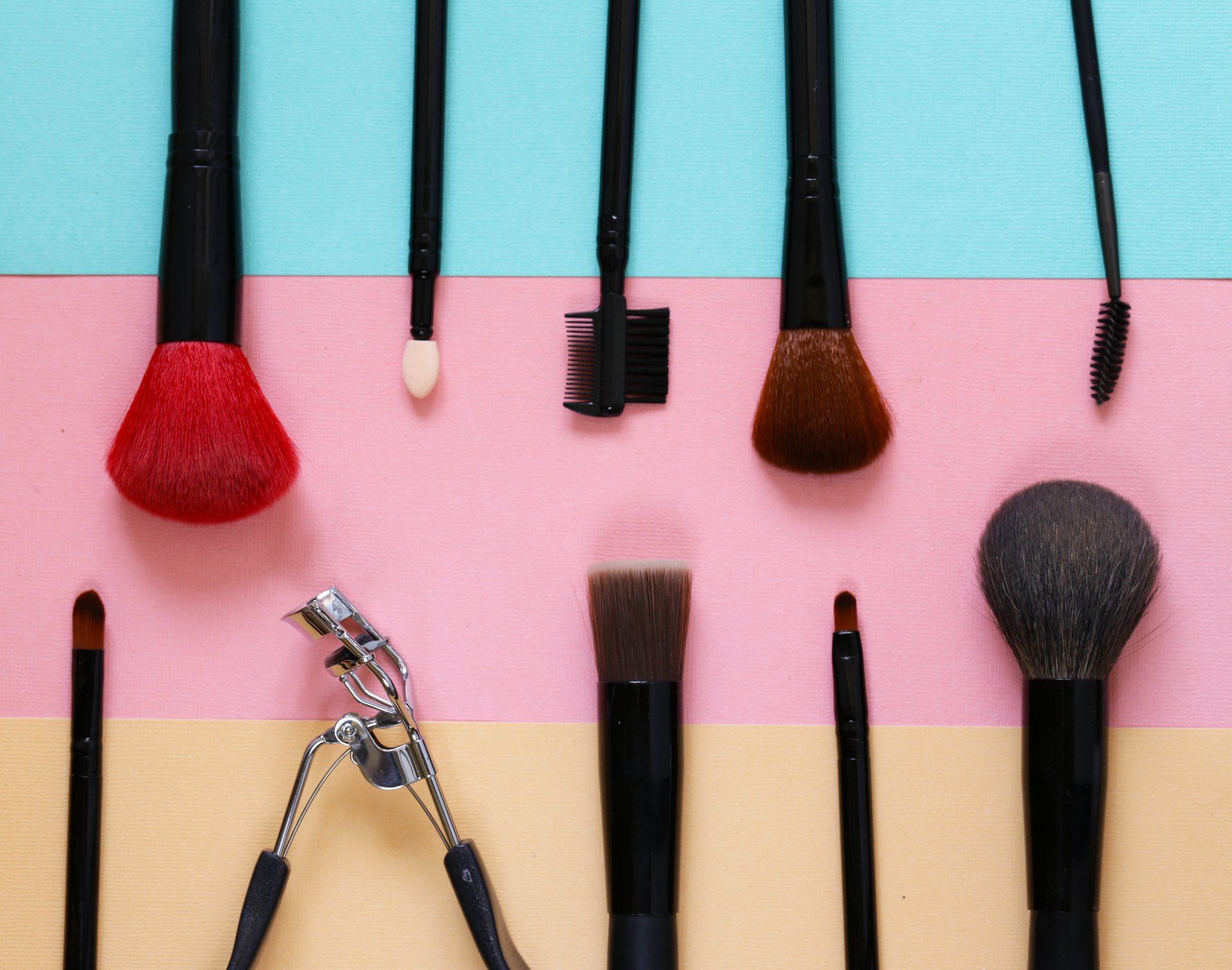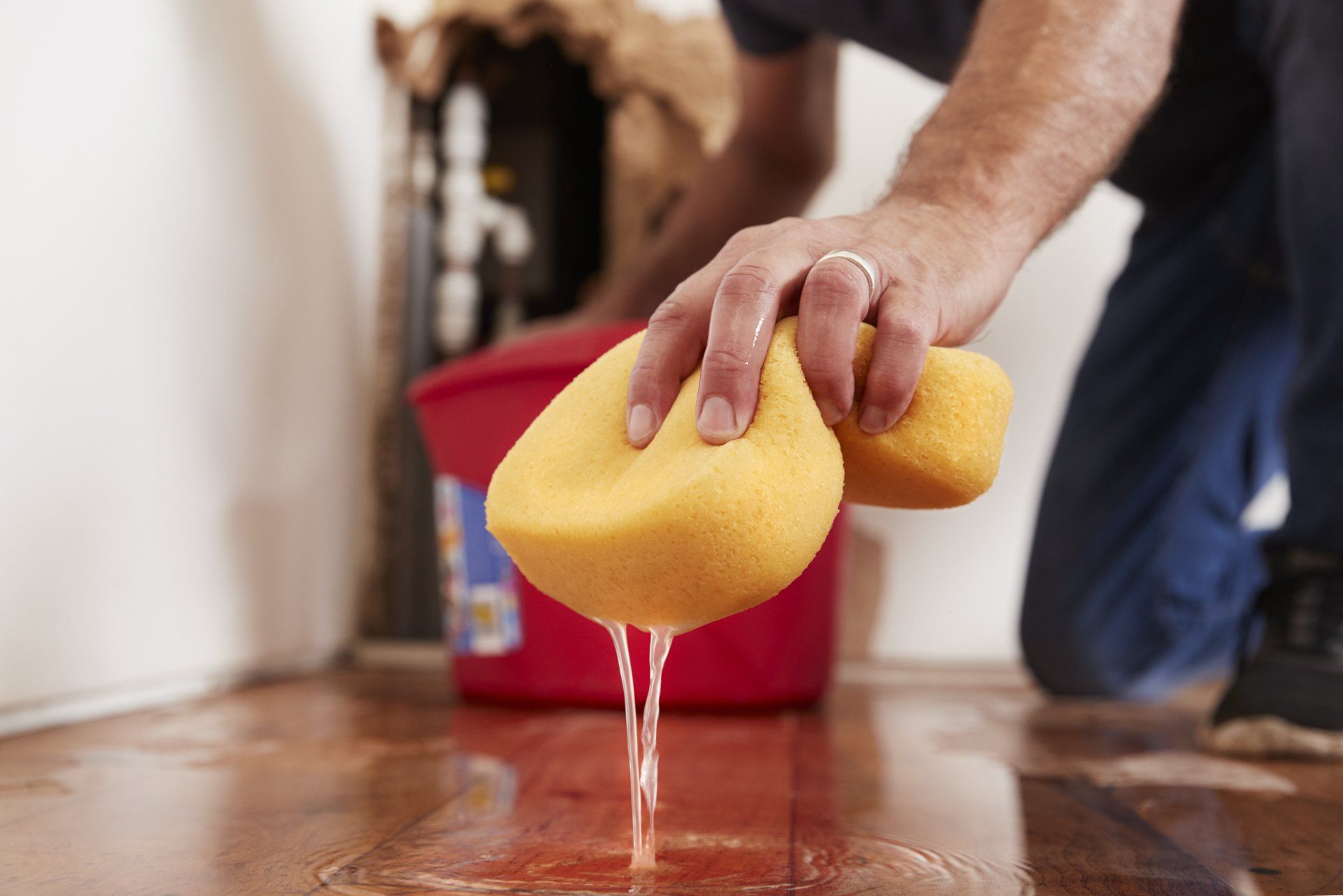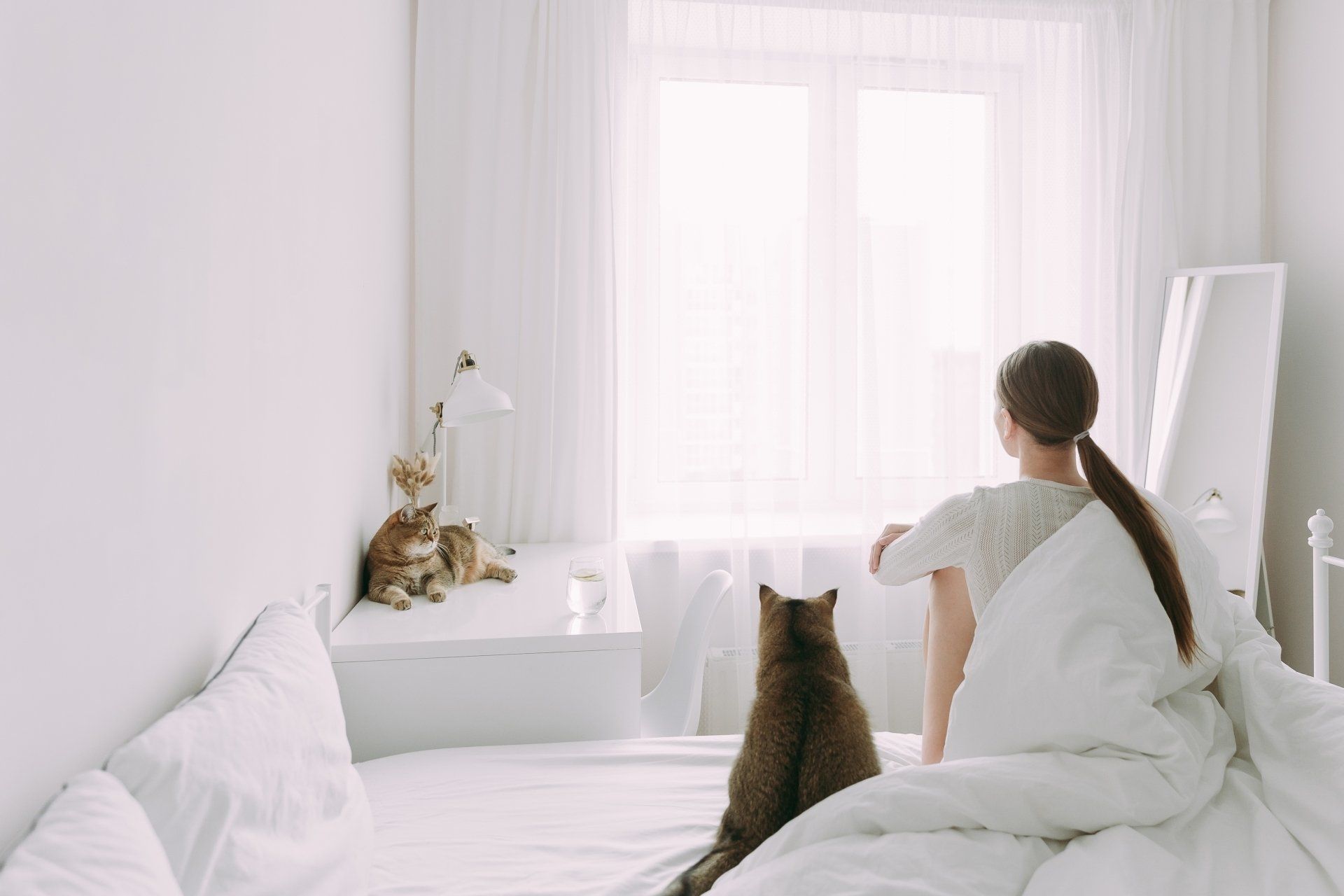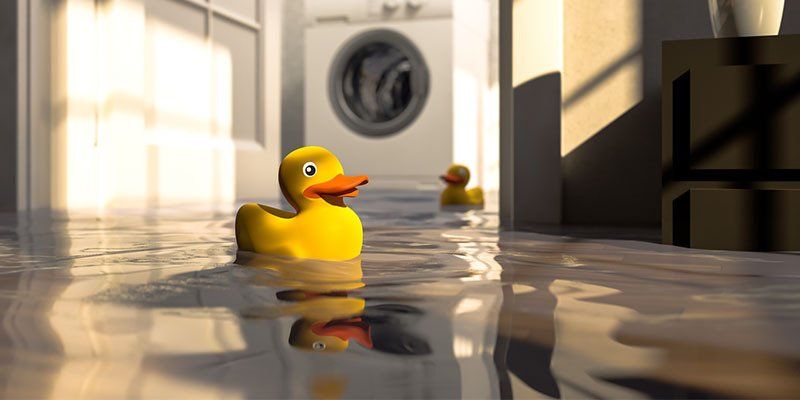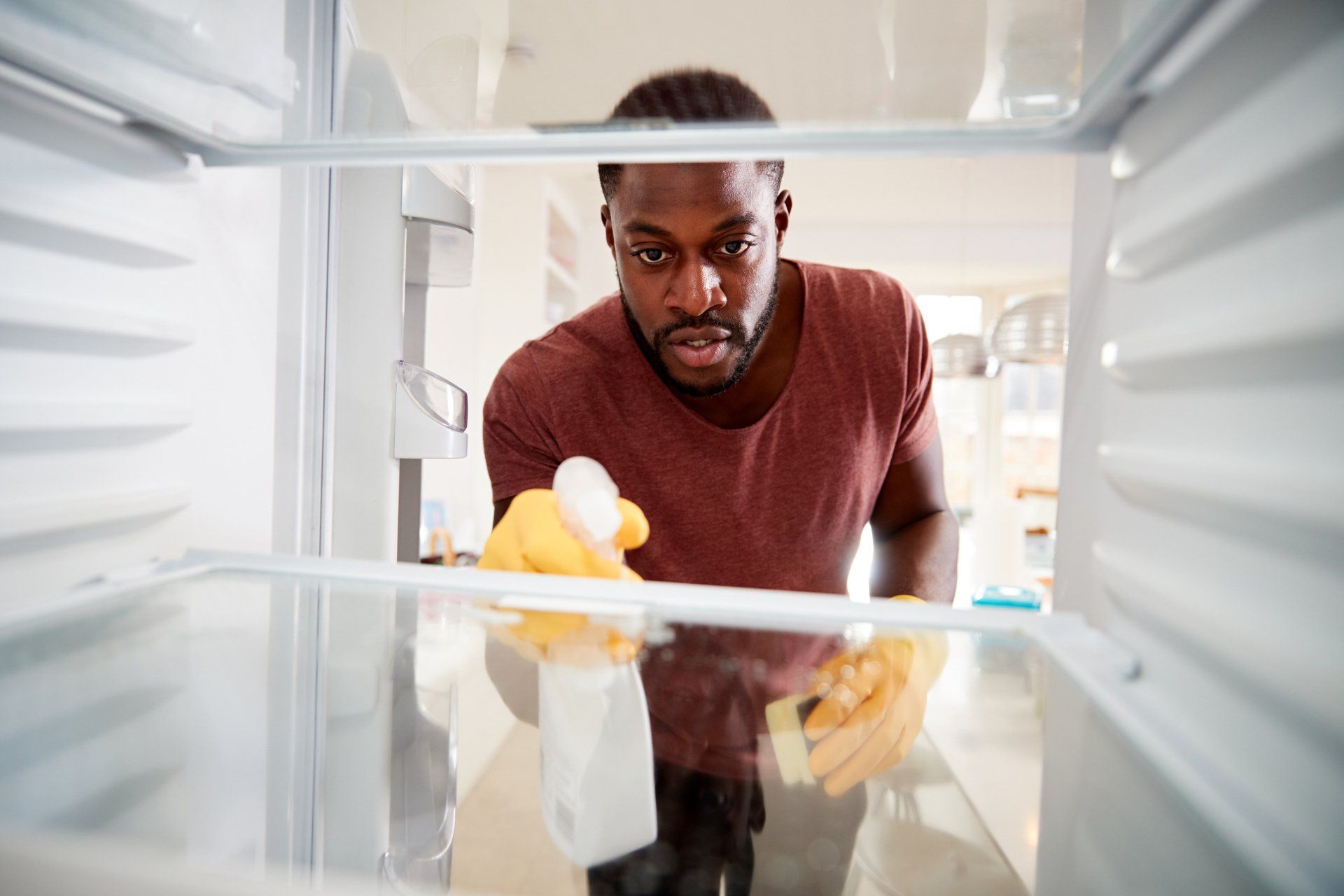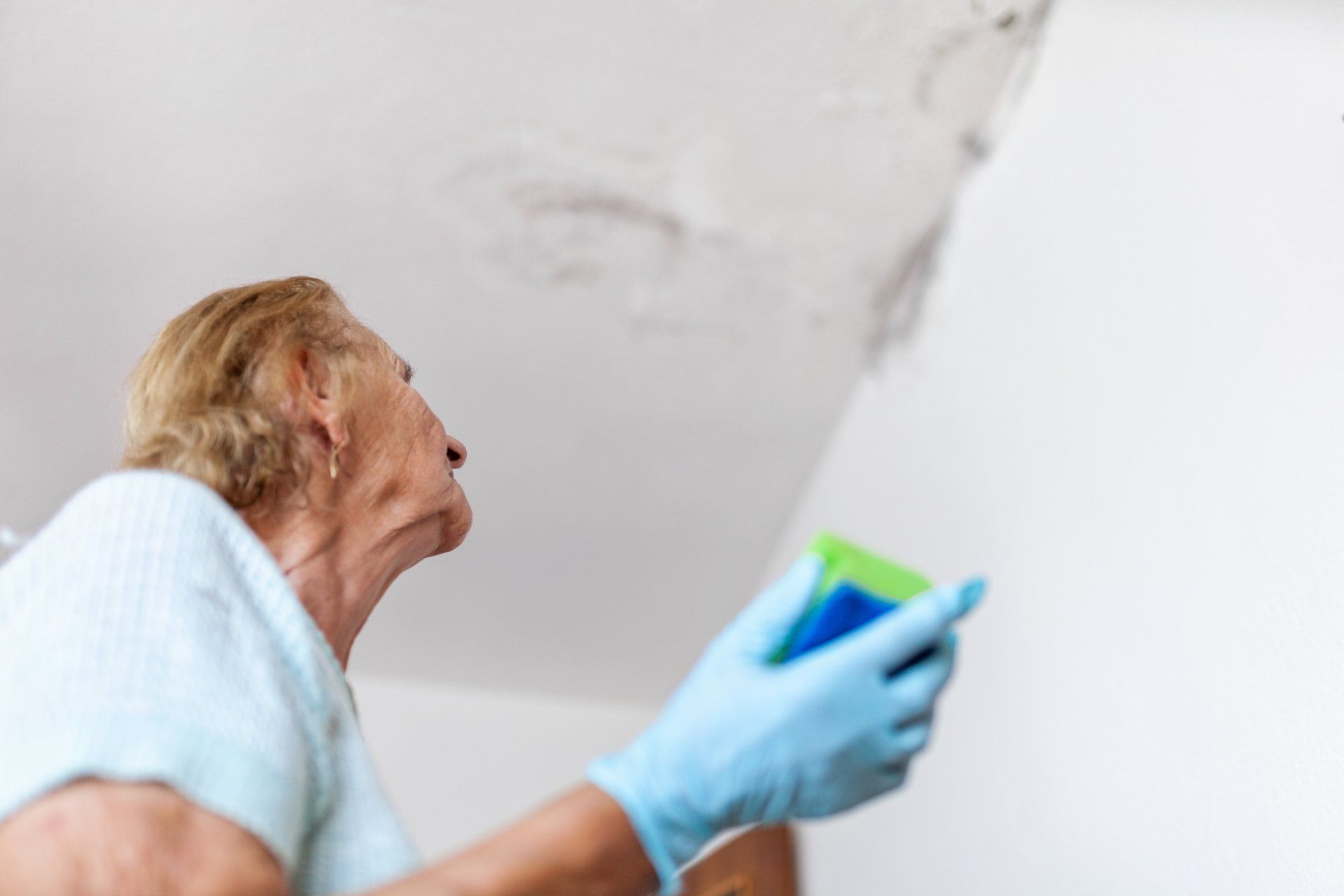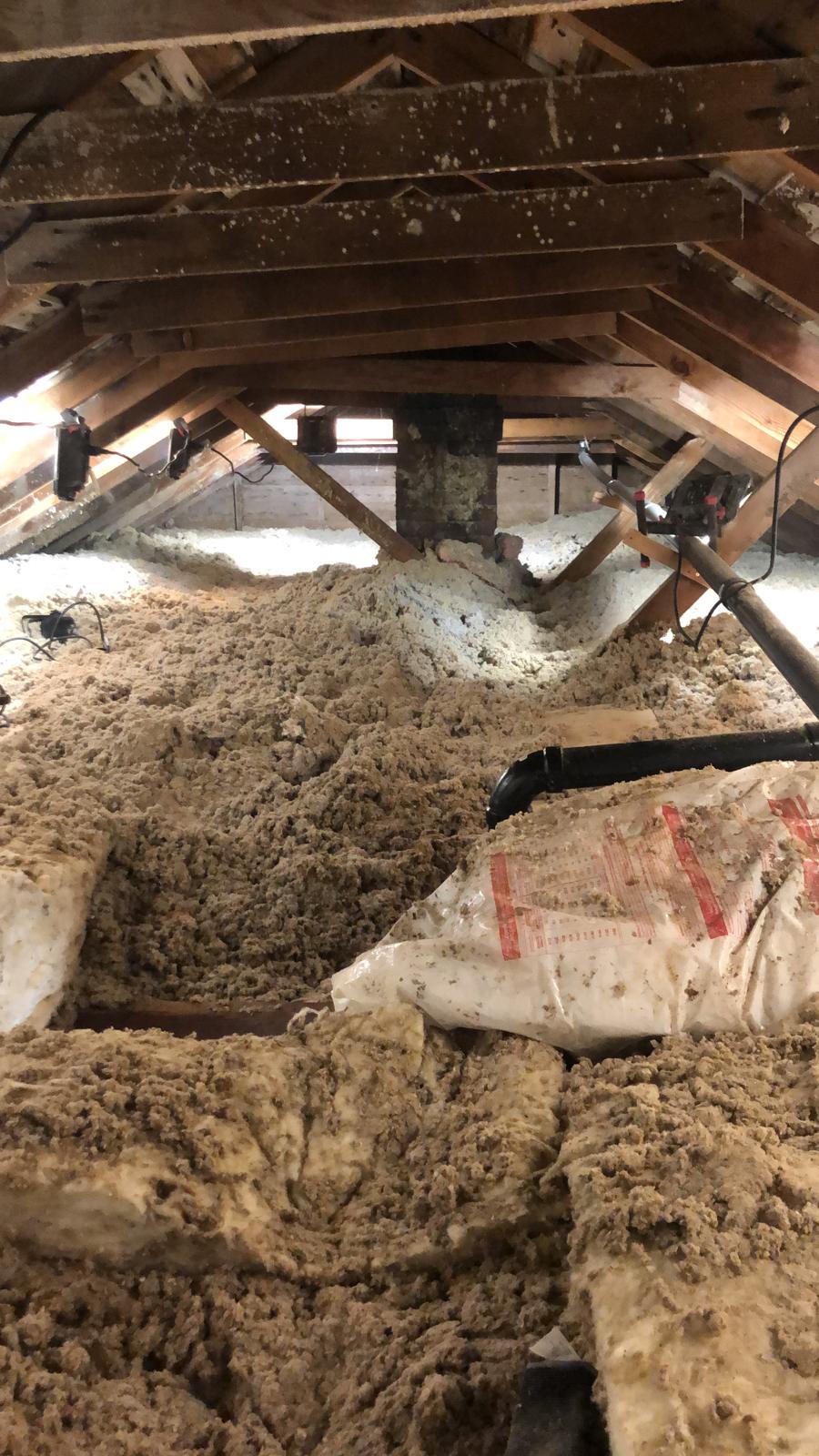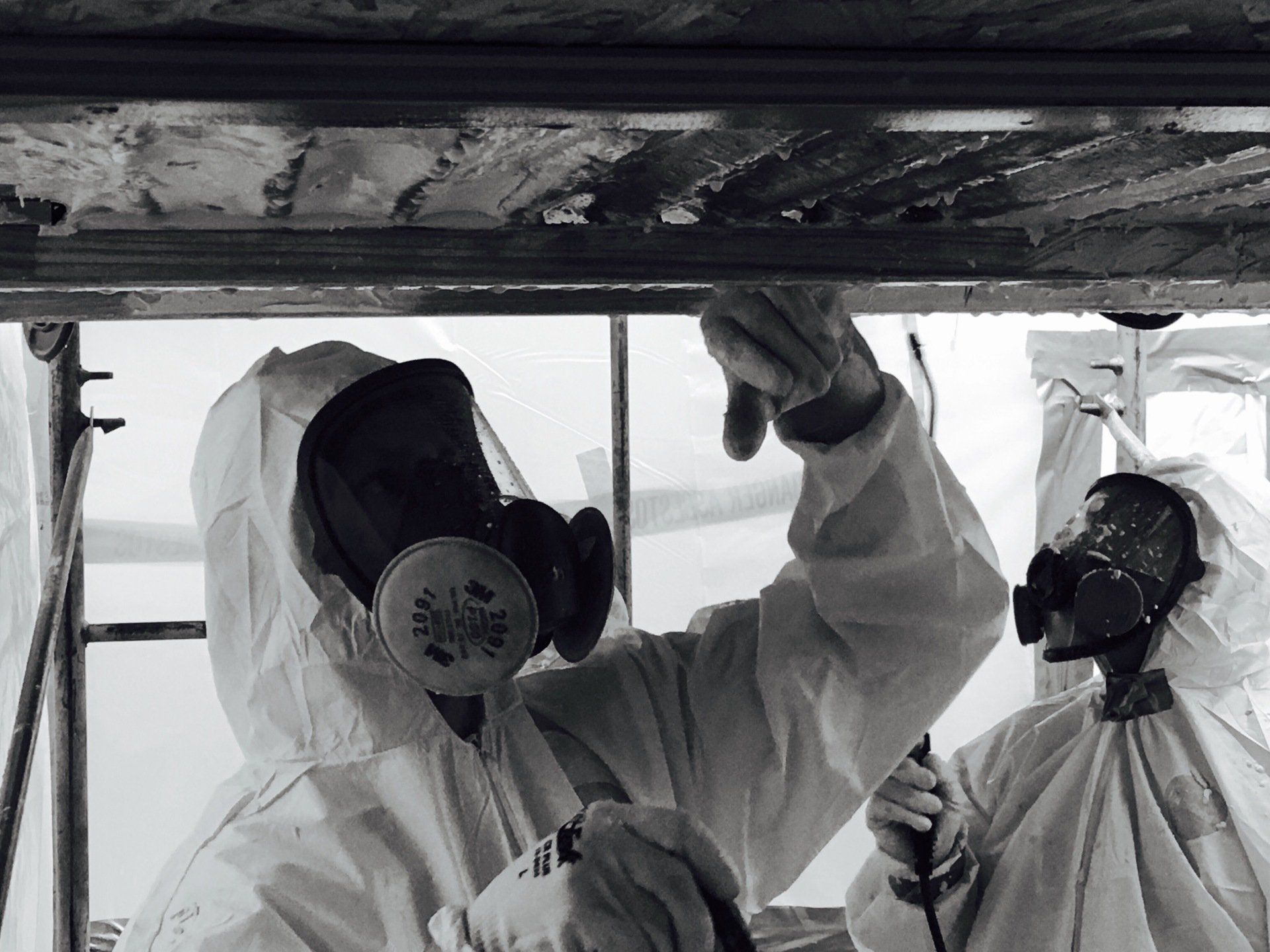For Emergency Services Call Us 1-604-838-8808
7 Tips for Getting Rid of Mold to Keep Your Family From Getting Sick
7 Tips for Getting Rid of Mold to Keep Your Family From Getting Sick
Mold is creeping its way across Canada. Scientists have identified more than 100,000 individual species of mold, with tens of thousands being found inside Canadian borders.
One reason why there is so much mold is that it is difficult to start getting rid of mold. Many people assume they just need to scrub their walls with soap and water, which can make the problem worse. However, you can take steps to get rid of black mold and other species in your home.
What are the first things you should do when you suspect you have mold? How can you tell where spores are growing in your house? When should you step back and hire professionals to remove your mold?
Answer these questions and you can learn how to get rid of mold in no time. Here are seven steps you should follow.The body content of your post goes here. To edit this text, click on it and delete this default text and start typing your own or paste your own from a different source.
1. Remove Pools of Water
Mold thrives in moist areas like bathtubs and window ledges. If you notice a standing pool of water in or near your home, you should remove it. You can use a towel or rag to soak the water up.
Figure out where the water is coming from. Many gutters leak, causing water to spill down from a roof and form a puddle near the basement. You should inspect your gutters and pipes for signs of leaks and make fixes to them as soon as possible.
2. Dehumidify Your House
Mold can also grow using water in the air. The more humid your home is, the more mold you are likely to have.
You should buy a humidity meter from a home improvement store and test each room in your house. Keep in mind that humidity levels rise and fall over the course of the day, so you should test the levels multiple times. Take notes on which rooms in your house have the highest levels.
If one room spikes in humidity, you may have a leak. You should look at the flooring and walling and inspect for signs of a leaking pipe. You should also install weatherstrips around the windows in the room so outside humidity cannot slip into your house.
3. Trust Your Symptoms
The health risks of mold exposure can be significant. You may experience a runny nose or sneezing when you breathe in the air near mold spores. If you have asthma, you may experience difficulty breathing or an asthma attack.
Symptoms like a runny nose are not unique to mold exposure. Your body may be reacting to dust or another pollutant in the air.
But you should take note of when your symptoms occur. If you only have symptoms in one room of your house, you may be reacting to mold in that room. You should try cleaning the room to see if the symptoms alleviate or if you can spot mold spores.
4. Look at Your Walls
It can be hard to spot mold spores in or on your walls. If you can lift up your wallpaper or wall panels, try doing so to see if you can find any mold.
However, you can look for other signs. Mold can cause the paint on a wall to swell or bubble. Spores can grow in between tiles, discoloring them and warping their shapes.
When you spot signs of mold growth, you should take steps to keep the spores from growing further. You should install dehumidifiers in the room and remove objects that spores can grow on.
Don't use bleach for mold removal, as bleach is made of water and can feed mold. You should keep your walls dry instead of moistening them with a cleaner.
5. Go Through Your Basement
Mold likes to grow in basements because basements tend to be dark and wet. You should inspect your basement at least once a month for signs of mold growth. Use a high-powered flashlight so you can see tiles and flooring materials up close.
You can get rid of mold in your basement in the same ways you get rid of mold in your walls. Install dehumidifiers in your basement and remove wet objects. Let them air dry outside so spores do not travel to another part of your house.
6. Get a Home Inspection
You may notice signs of mold growth, yet you can't find any spores. You can try to look for mold by yourself, or you can ask a home inspector to look at your house. They can use advanced tools and they can look in hard-to-reach places like your air conditioning unit.
Make sure you give them the full details about what you suspect. Tell them where you have noticed signs of mold growth and how you have experienced symptoms. This will let them conduct a full inspection and track where your mold is coming from.
7. Let Experts Take Care of Your Mold
You should not overexert yourself. The longer you spend around mold, the higher your likelihood is of an allergic reaction. Black mold can trigger a severe allergic reaction, especially in children and immunocompromised people.
You should take a few steps to slow the spread of mold. But when it comes time to remove mold from your house, you should let the experts take the lead. They can remove moldy materials and replace them with new ones.
Start Getting Rid of Mold
Canada needs to start getting rid of mold. Keep your home as dry as possible by removing pools of water and dehumidifying your rooms.
If you have symptoms of an allergic reaction in one room, you probably have mold there. But you should also check the walls of each room and your basement.
Have someone inspect your home if you can't find any spores. Once spores are found, you should let professionals come in and clean your home of mold.
Don't let the mold keep growing in your walls. Masters Remediation Services serves the Vancouver area. Contact us today.
Quick Links
Services
Contact
©2020 All Rights Reserved Masters Remediation Services Powered by OneLocal | Privacy Policy
Area of service
Abbotsford, Burnaby, Chilliwack, Coquitlam, Delta, Langley, North Vancouver, Surrey, Tsawwassen, Vancouver, Richmond, White Rock, Squamish, Whistler and more.
©2020 All Rights Reserved Masters Remediation Services Powered by OneLocal | Privacy Policy


